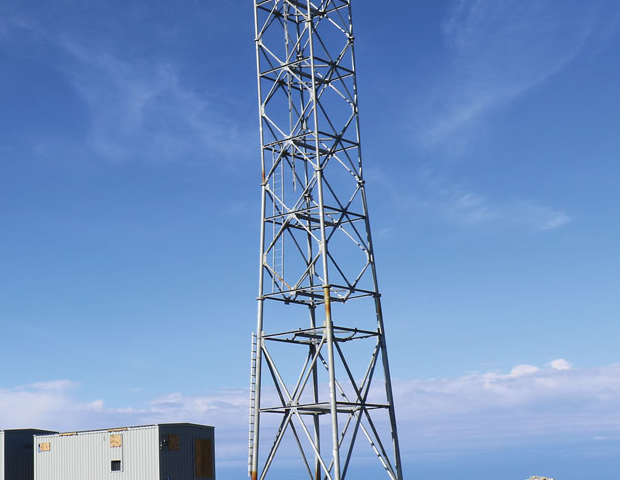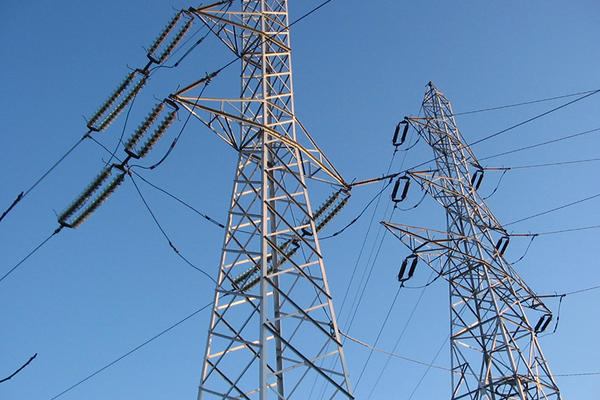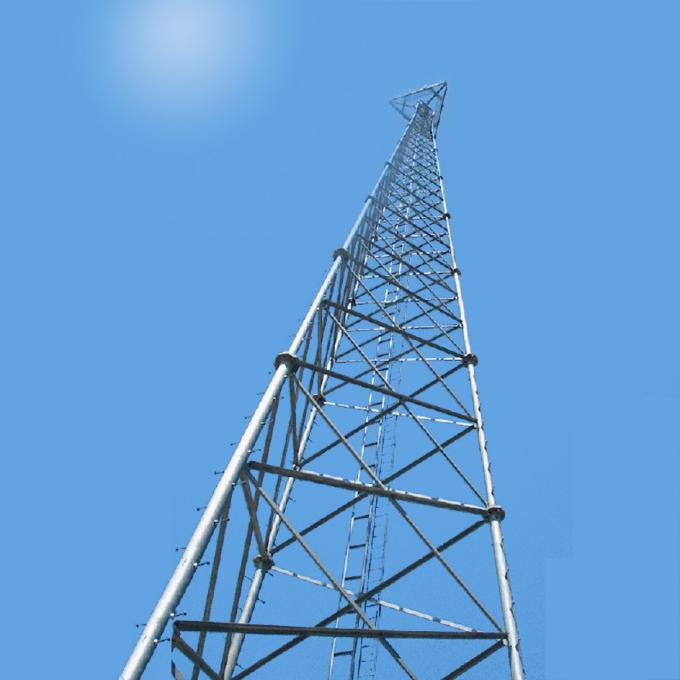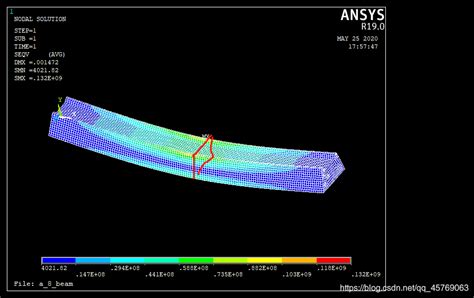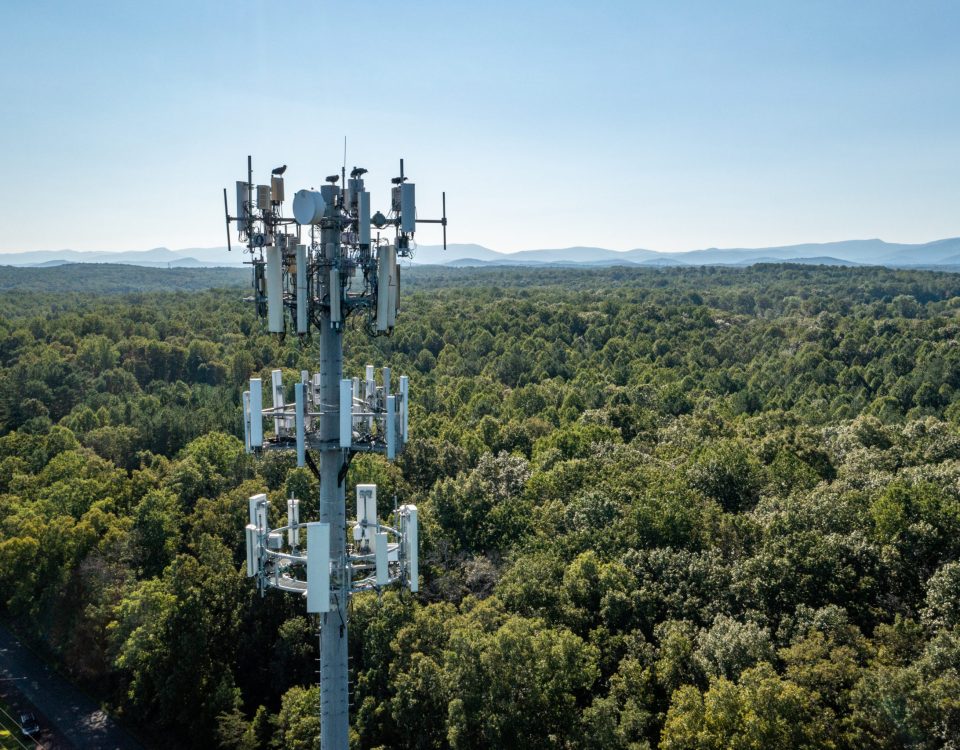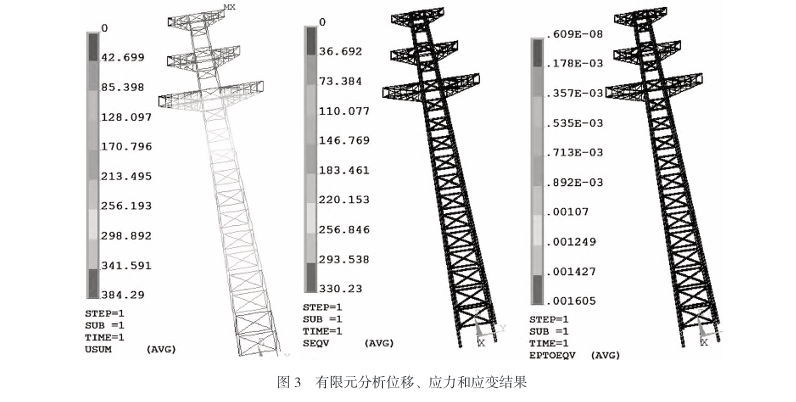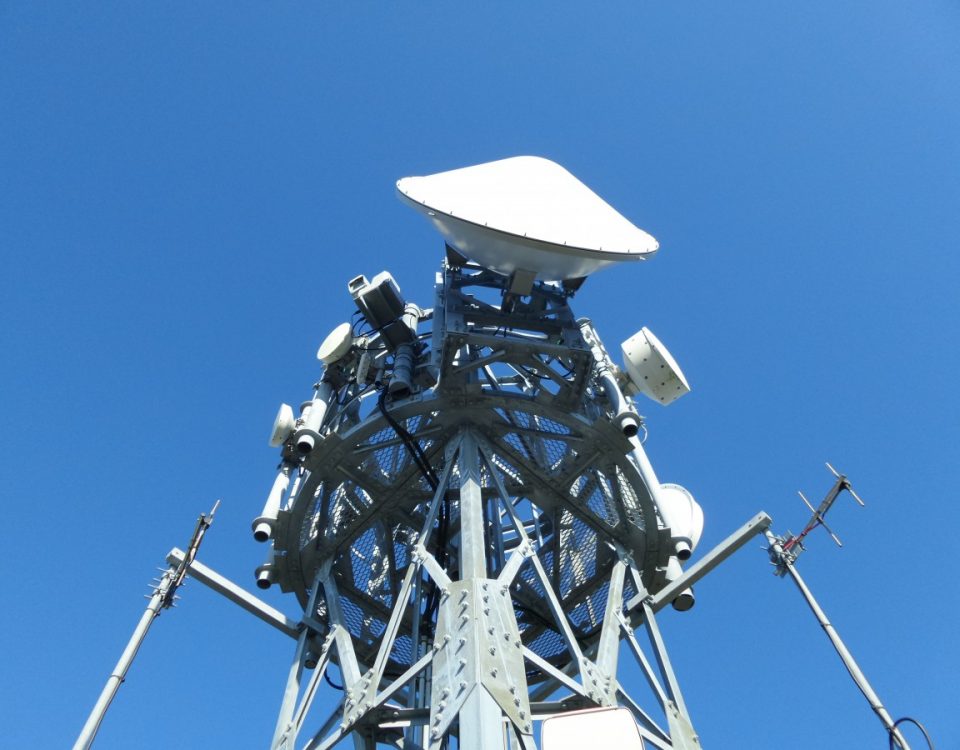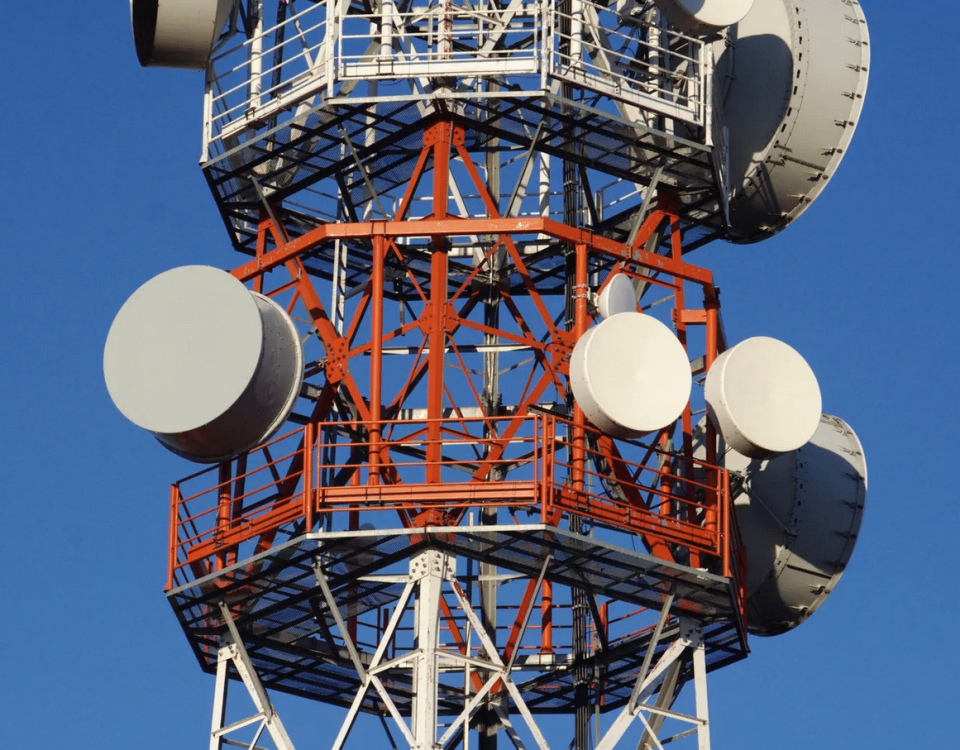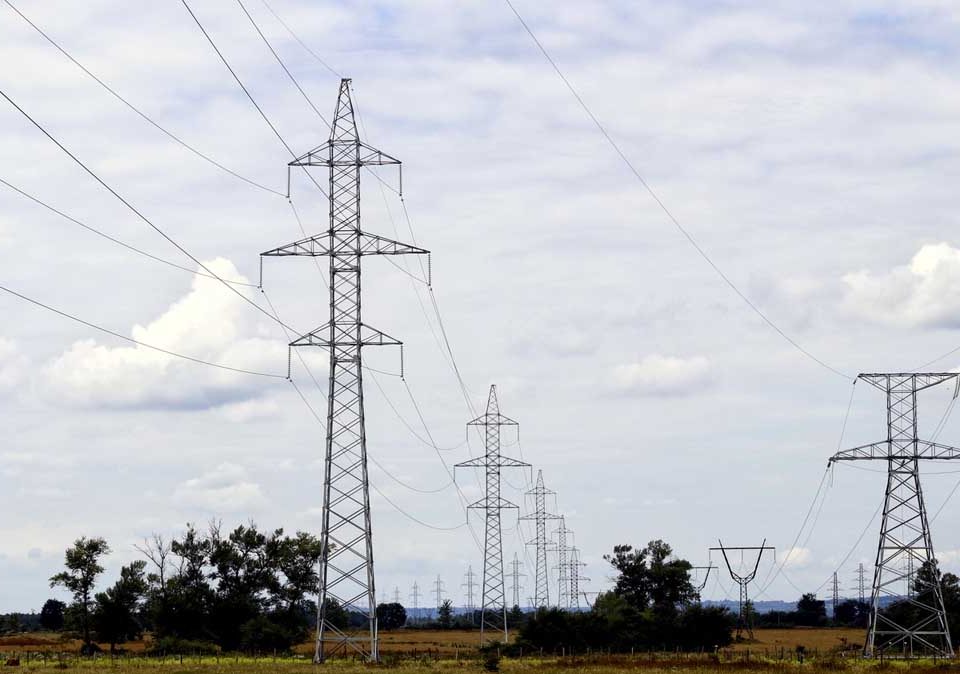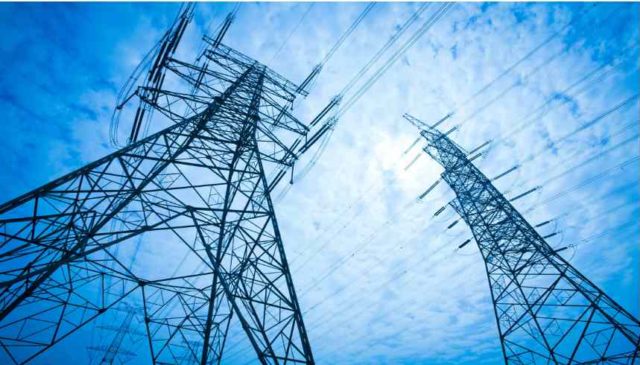
Specification of Transmission Line Towers
February 11, 2019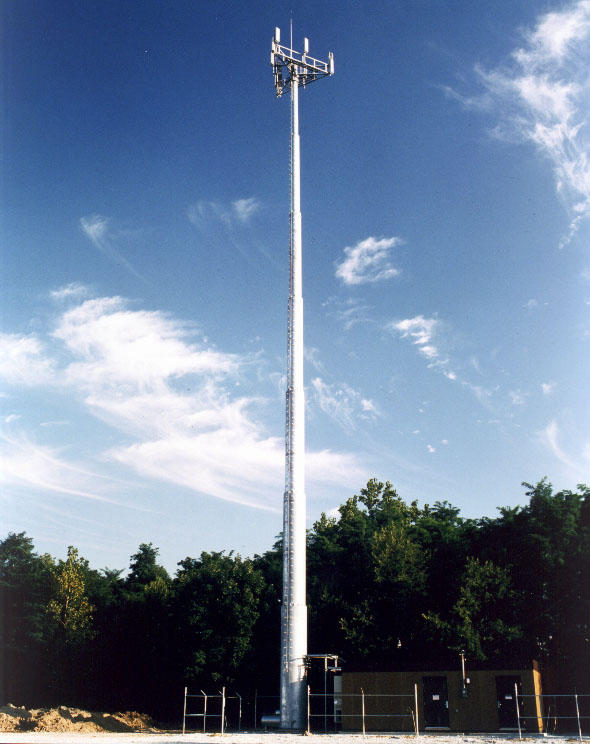
Monopole Communication Tower Design and Analysis Solution
February 20, 2019monopole communication tower VS microwave towers
Tubular Steel Pole structures and free standing lattice towers made of angle sections are generally used in tele-communication industry. In urban areas with high density of population, great difficulties are experienced in finding land for installation of conventional lattice towers. Since the pole structures have smaller dimension and occupying lesser space for installation, they found to be a suitable alternate for lattice towers. The comparative study to analyse the structural behavior of both these structures seldom exist in literature. Hence in the present study, self-supporting Mirowave (Mw) lattice tower and telescopic steel tubular pole of 30m and 40m height is considered. The behavior of these structures is studied under same wind speed, terrain category and antennae loading. The wind load on these structures are calculated based on IS 875 (Part 3): 1987. The lattice tower made of steel angle sections is modeled by using beam elements and four noded plate element is used for modeling the shaft of the pole using NE NASTRAN software. The deflection pattern for various stages of loading was recorded during static analysis for both the structures. Weight comparison is also made.
Standard Monopole
The Standard Monopole is a step–tapered pole ranging in height from 24.4m to 48.8m (80 to 160 feet). It has a small footprint, making it ideal for heavy–density or smaller sites and accommodates multiple panel and dish antenna installations.
In the present era the technology in communications has developed to a very large extent. The faster growth demands advances in the design and implementation of the communication towers. There are different types of communication towers present now-a-days in the cellular business. The present paper covers the issues related to the types of towers, codal provisions for the communication towers, foundation design of the green field and roof top towers and optimization of the towers through expert ware.
Cold-formed sections are used in many industries and are often specially shaped to suit the particular application. In building uses, the most common sections are the C and the Z shapes. There are, however, a whole range of variants of these basic shapes, including those with edge lips, internal stiffeners and bends in the webs. Other section shapes are the “top-hat” section and the modified I section.
Microwave towers are telecommunications towers that use microwaves to transmit telephone and television signals to other microwave towers. This technology replaced existing transmission wires, but it is almost entirely obsolete as of 2015 due to the advent of fiber optics and other modern methods of telecommunication.monopole often fabricated by mild steel or high strength steel, such as SS400, Fe510, S355JR, S355J0, ASTM A36, ASTM A572 GR50, 65 or other. After fabrication all monopoles are delivered to the galvanizing facility to be Hot DIP Galvanized. Towers are processed through the facility by Caustic Cleaning, Pickling, and then Fluxing. These strict procedures insure years of maintenance free towers. MEGATRO MONOPOLE MICROWAVE TOWER systems can accommodate a variety of mounts and accessories.
General Design Criteria
Mast will be designed based on GB, BS 8100, TIA/EIA-222-G-2006, IS 802 & IS875 or equivalent international standards.
The wind loading on the tower and antennas mounted on it will withstand a ground level wind velocity of 140 Km/h and survival speed of 180 Km/h including with height in accordance with latest BSI CP3: Chapter V: Part 2: British Standard (BS)
Antenna that will be considered when it calculates wind areas will be Six GSM antennas, Two each 600 mm diameter microwave dishes & one 1.2m Ø Microwave plus all the feeders for GSM and MW antennas.
Allowance will be given to the effective windage area of the following:
Feeder runway
Feeders
Platforms and guard rails
Ladder and ladder guards
Related posts
The analysis of the bearing capacity of a power transmission line steel tower highlights the complexity and importance of structural and foundation design. By understanding the interplay of loads, material properties, and environmental factors, engineers can optimize tower performance and ensure reliability in power networks. Tables and case studies further illustrate best practices and design considerations.

